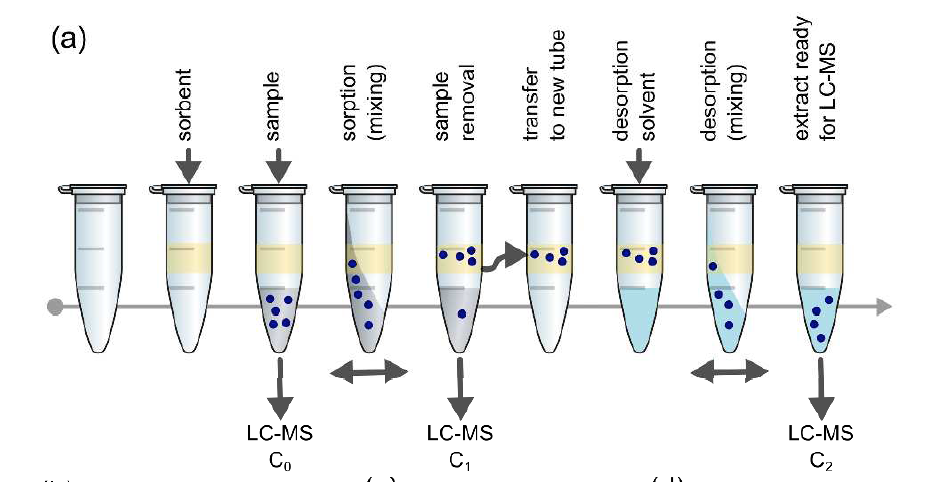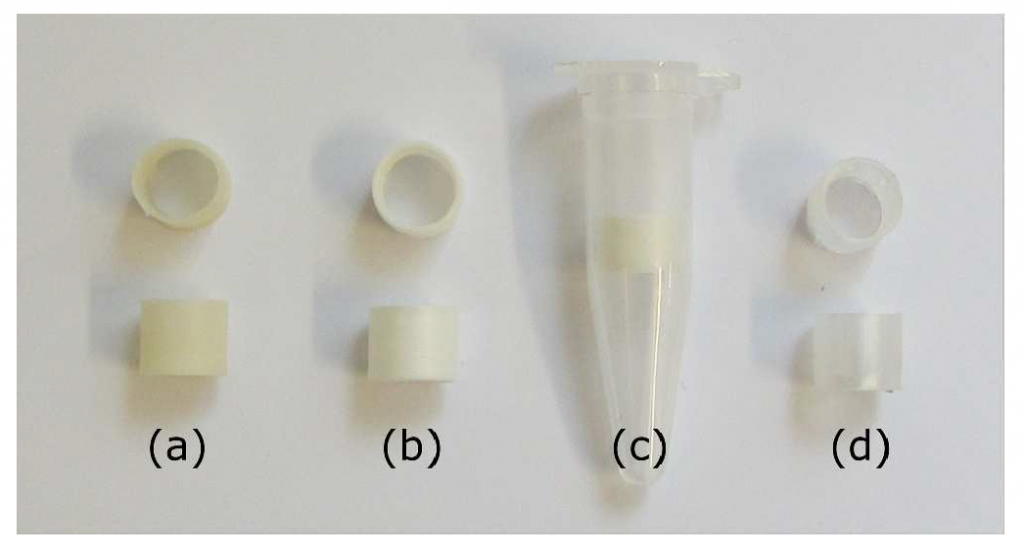Researchers in the Department of Pharmaceutical Chemistry at the Medical University of Gdańsk, Poland, have turned to 3D printing to produce instruments used in the preparation of medicine samples.
By 3D printing the tools within the lab, the researchers demonstrate an alternative to costly outsourcing of the instruments. Additionally, the custom design of the instrument’s microstructure also has the potential to “change the way of thinking about extraction and sample preparation”.
A filter for drug studies
In pharmaceutical chemistry, sorbents are materials used to absorb molecules within a substance. They are used in the common practice of solid phase extraction to examine particular molecules, i.e. extracting particular drug molecules from a mixture then adding them to clean water for study.

The information garnered from the process provides an environmental analysis of a substance, useful for examining drug taking habits, or monitoring unwanted contamination, as in sewage disposal.
In a typical lab, a supply of sorbents is ordered from an external supplier. After use the sorbents are also frequently disposed of, creating a high throughput of the parts. What researchers at the Medical University of Gdańsk propose, is a method of on-demand 3D printing of these devices, that consequently gives researchers more control over the nature of solid phase extraction.
Gdańsk 3D printing process
The Department of Pharmaceutical Chemistry 3D print sorbents in a thermoplastic elastomer-polyvinyl alcohol (PVA) composite material LAY-FOMM 60. Also known as POROLAY, the filament is used for its porosity – holes that are need to extract molecules from a substance.
Gdańsk FDM 3D print ring-shaped sorbents in POROLAY, then dissolve its PVA content through rinsing in deionized water and a water:methanol (alcohol) mixture.

These rings are then submerged in a solution containing antidiabetic drug glimepiride, and then placed in water to release the molecules for study. In total, the pores effectively recovered 82.24% of glimepiride in the first solution, with a standard deviation margin of less than 5%. The result is promising for in-lab fabrication of the instruments.
In conclusion, the authors state,
The main advantages of this method are the low cost of the material (estimated cost of LAY-FOMM 60® per 5 mm sorbent is less than 0.01 U.S. dollars) and customizability of the shape, which is limited only by the imagination of the researcher and the current abilities of 3D printers.
The rise of 3D printing in pharmaceuticals
In a visit to the School of Pharmacy at University College London, 3D Printing Industry learned firsthand how 3D printing is also being used to fabricate personalized dosage tablets. More 3D printed pharmaceutical developments were also seen by us at 2017 3D Medical Expo in Maastricht.
This research from the Medical University of Gdańsk is published online in the journal of Analytical Chemistry. The study is co-authored by Mariusz Belka, Szymon Ulenberg and Tomasz Bączek.
To stay up to date with the latest research into 3D printing for medical applications sign up to the 3D Printing Industry newsletter and follow our active social media channels.
Don’t forget you can now vote in the first annual 3D Printing Industry Awards.
Featured image shows the European Bowl of Hygeieia symbol on a cross marking a pharmacy in Paris. Photo by Pat Guiney, mrmystery on Flickr


